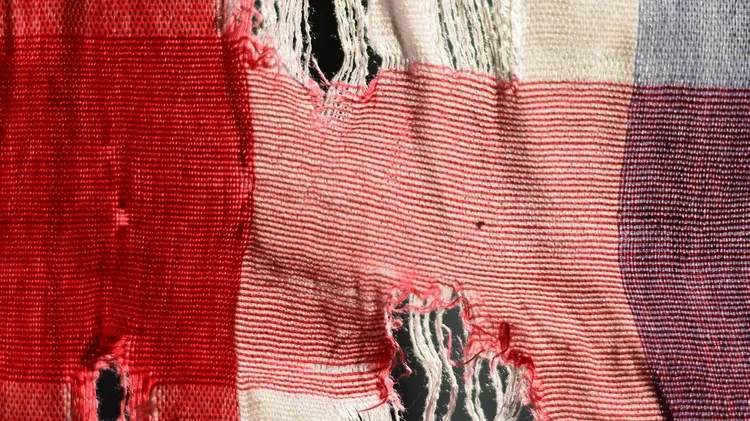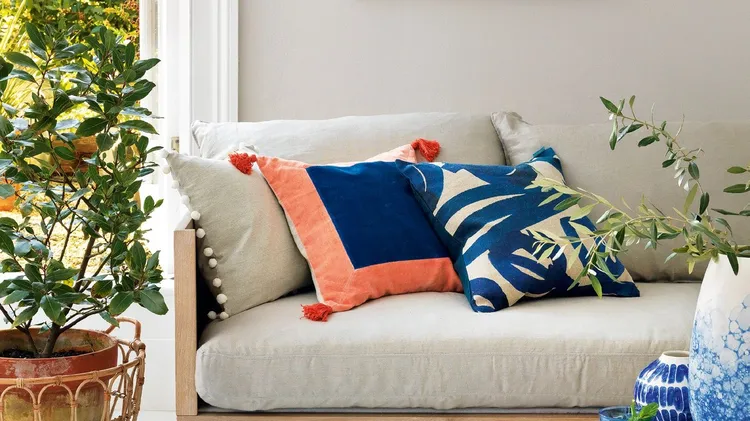For savvy shoppers, with a bit of forward planning and flexibility, qu
Fabric sourcing secrets
5 min read
This article is from...
Read this article and 8000+ more magazines and newspapers on Readly






